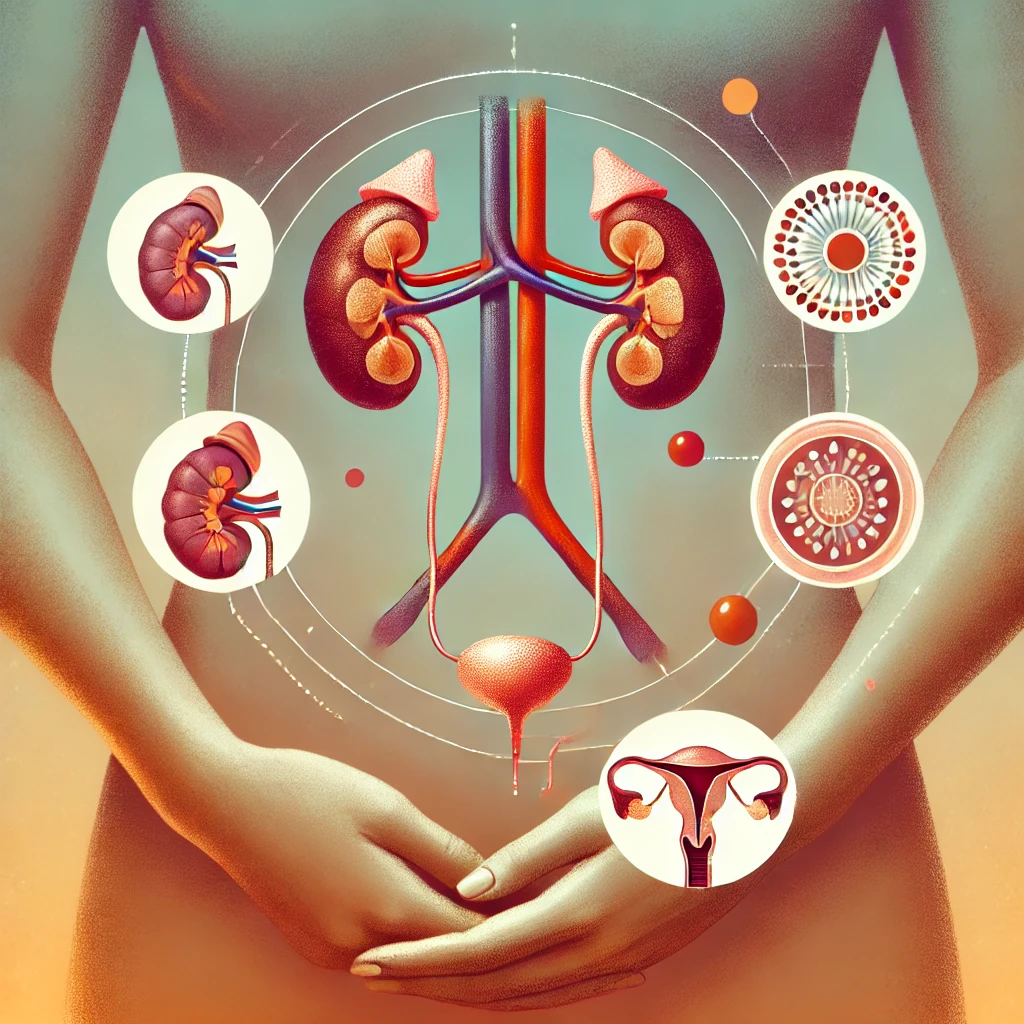Bladder infections can be confusing, especially when trying to tell the difference between UTIs and cystitis. These conditions often share symptoms but require different treatment and preventive care. In this article, we’ll break down the differences and give you practical advice to feel better and prevent recurrence.
What Causes UTI and Cystitis?
Urinary Tract Infections (UTIs) are caused by bacterial infections in any part of the urinary system, including the bladder, kidneys, and urethra. Cystitis, however, specifically refers to inflammation of the bladder, usually due to a bacterial infection but sometimes triggered by other irritants like certain hygiene products.
Risk Factors
- UTIs are often linked to factors like sexual activity, certain types of birth control, and low immunity.
- Cystitis may result from prolonged bladder irritation, dehydration, or repeated use of perfumed soaps.
Prevention tip: Drink plenty of water and choose gentle, unscented products for hygiene.
Symptoms: How to Tell the Difference
Knowing the symptoms can help you understand whether you’re dealing with a UTI or cystitis:
- UTI Symptoms: Painful urination, frequent urge to urinate, cloudy urine, and in more severe cases, lower back pain or fever.
- Cystitis Symptoms: Discomfort during urination, lower abdominal pain, cloudy or strong-smelling urine, and a frequent urge to urinate.
If you’re experiencing symptoms like fever or back pain, it could mean the infection has spread to the kidneys, requiring immediate medical attention.
Pro-tip: Regular urinary symptoms without fever or back pain often point to cystitis rather than a full UTI.
Diagnosis: Seeking Help
A proper diagnosis is essential for effective treatment. A simple urine test can confirm the presence of bacteria. Doctors may prescribe antibiotics if necessary, but for frequent cystitis or UTIs, you might need further examination to rule out other issues.
At AMAE Clinic, our doctors can guide you through diagnosis and discuss preventive measures. Regular check-ups and follow-ups, especially if you have recurrent symptoms, can be essential in managing bladder health.
Treatment Options: Medical and Natural
For both UTIs and cystitis, antibiotics are the common prescription, but you can also explore natural remedies to aid recovery and soothe symptoms.
Medical Treatments
- Antibiotics: Effective for bacterial infections but should only be used when prescribed.
- Pain relievers: Over-the-counter options can help manage discomfort during recovery.
Natural Remedies
- Cranberry Supplements: While research is mixed, many people find cranberry helps prevent UTIs.
- Probiotics: Promoting gut health may help balance bacteria levels and reduce infection frequency.
- Hydration: Staying hydrated flushes out bacteria and can prevent irritation.
Did you know? Cranberry and probiotic supplements are available at AMAE Clinic to support urinary health naturally.
Preventive Measures
Preventing UTIs and cystitis is about building simple, consistent habits. Here’s what you can do:
- Hydrate: Aim for 8 glasses of water daily to flush out bacteria.
- Hygiene: Always wipe from front to back and avoid using scented products in the intimate area.
- Bathroom habits: Don’t hold your urine for long periods and make sure to urinate after sexual activity.
- Diet: Include foods rich in vitamins and antioxidants to support overall immune health.
By following these tips, you can reduce the risk of recurrent infections and discomfort. Check our Bladder-Friendly Foods article for more dietary advice.
When to Seek Medical Help
While many cases of cystitis or UTI clear up with home care or short-term antibiotics, some situations require medical intervention:
- If you have symptoms like fever, back pain, or persistent discomfort.
- If you experience recurrent infections that interfere with daily life.
- If your symptoms persist beyond a week despite at-home care.
At AMAE Clinic, our online consultations make it easy to get the guidance you need without the wait.
Conclusion
Knowing the difference between UTIs and cystitis can empower you to make informed decisions for your health. From diagnosis to treatment and prevention, understanding these conditions is key to managing symptoms and preventing recurrence.
Remember: AMAE Clinic is here to support your urinary health with expert guidance, personalized care, and products to help you feel your best.
